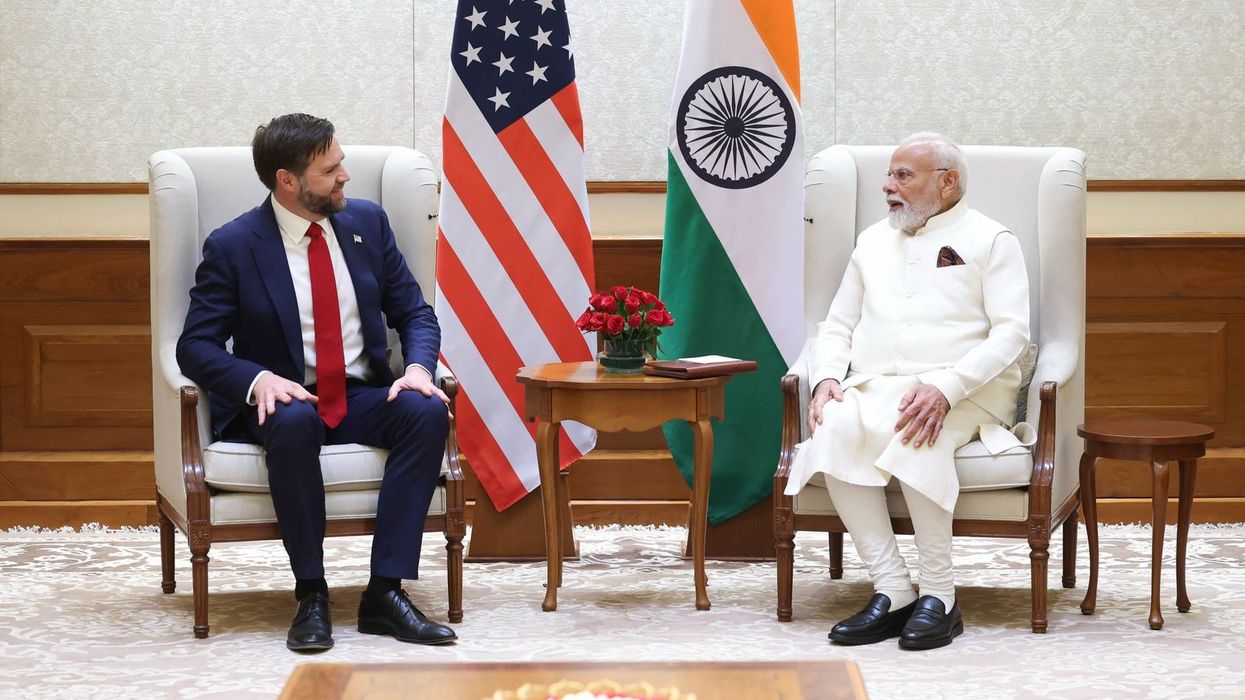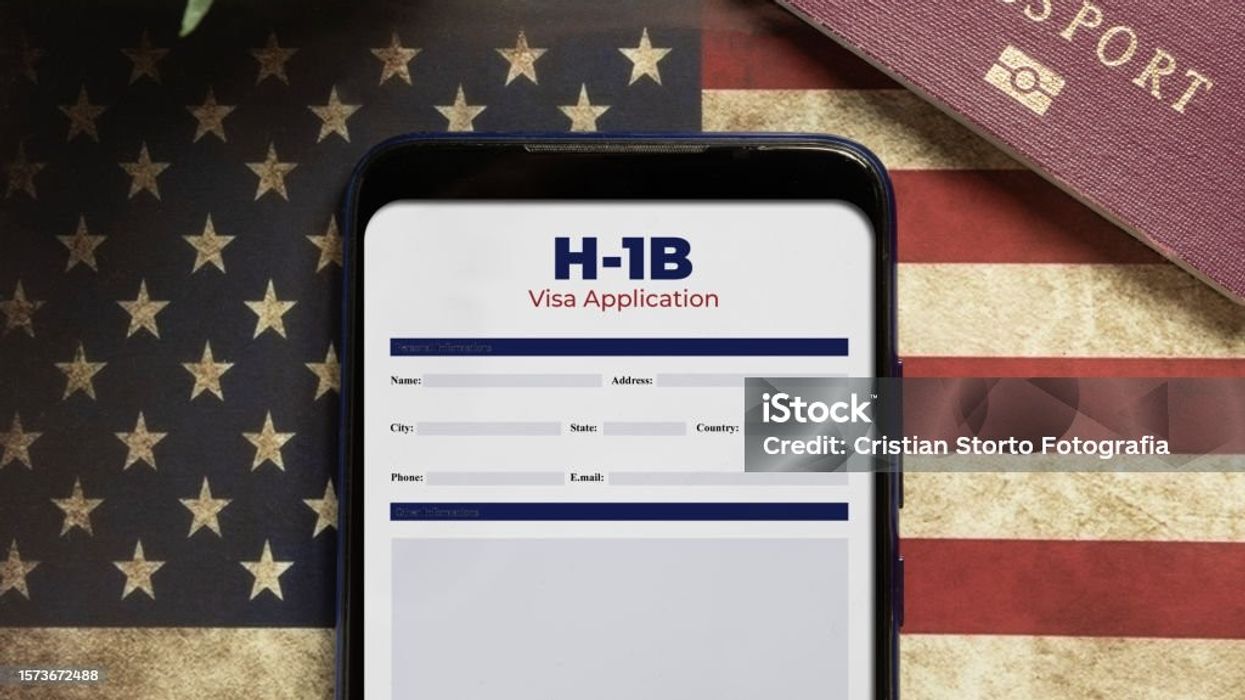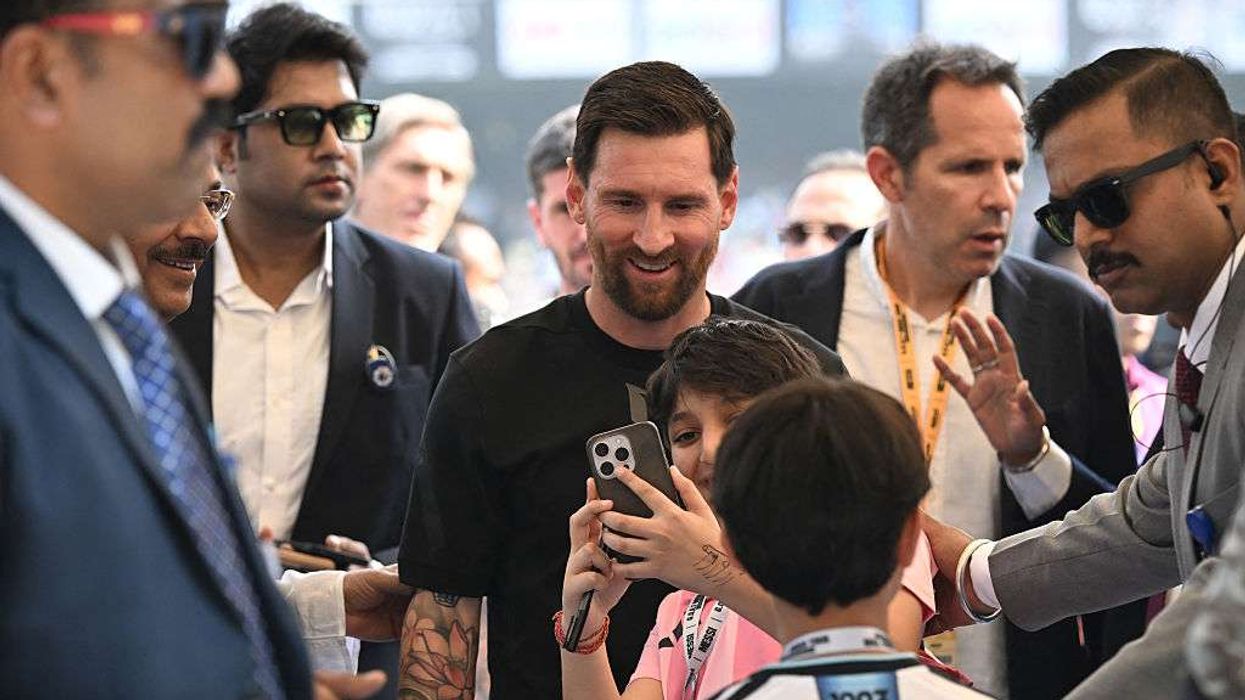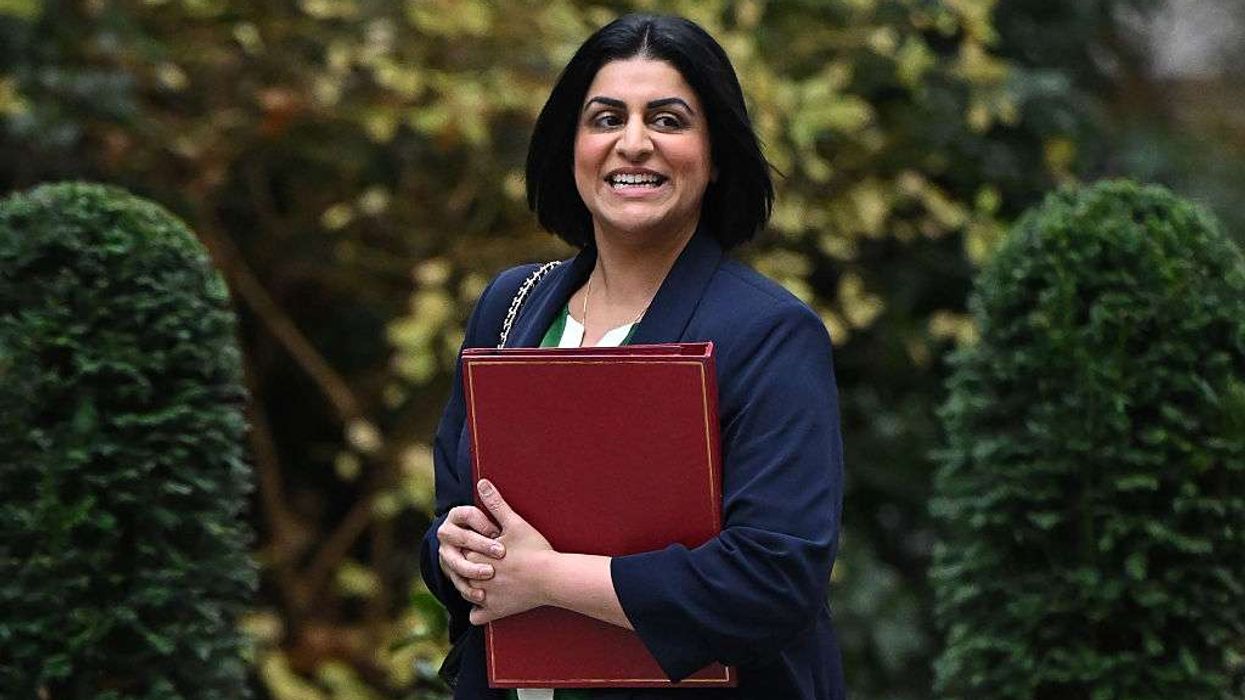INDIAN prime minister Narendra Modi and US vice president JD Vance discussed the progress of trade talks between the two countries during a meeting in New Delhi on Monday, their offices said. The meeting comes as India seeks to avoid US tariffs and continue dialogue with the Trump administration.
Vance is in India on a four-day visit with his family. US officials said the visit is largely personal and includes a trip to the Taj Mahal and a speech in Jaipur.
A statement from Modi's office said both leaders noted ongoing efforts to strengthen cooperation in energy, defence, and strategic technologies. They also discussed regional and global developments and reiterated the importance of dialogue and diplomacy.
“The prime minister conveyed his warm greetings to president Trump and said that he looked forward to his visit to India later this year,” the statement said.
Statements from the Trump administration said both countries had agreed on a roadmap for further discussions on trade.
Vance’s office described the discussions as “an opportunity to negotiate a new and modern trade agreement focused on promoting job creation and citizen well-being in both countries.”
It was an honor to see Prime Minister Modi this evening. He’s a great leader and he was incredibly kind to my family.
I look forward to working under President Trump’s leadership to strengthen our friendship and cooperation with the people of India! https://t.co/pCWmxcFjw8
— JD Vance (@JDVance) April 21, 2025
US trade representative Jamieson Greer said in a statement on Monday there was a “serious lack of reciprocity in the trade relationship with India” that needed to be addressed.
Vance arrived in New Delhi from Rome, where he met Pope Francis in a private meeting on Easter Sunday. His wife, Usha, is the daughter of Indian immigrants.
Modi and Vance also reviewed the progress made since Modi met president Donald Trump in Washington in February. The areas discussed included trade fairness and defence cooperation.
The US is India’s largest trading partner. Bilateral trade reached $129 billion in 2024, with India holding a $45.7 billion surplus, according to US government data.
India is hoping to finalise a trade deal with the US during the 90-day pause on tariff hikes announced by Trump on April 9.
Delhi’s exports to the US face potential duties of over 25 per cent, and a 10 per cent general duty on many US imports remains in effect.
Indian finance minister Nirmala Sitharaman said in San Francisco on Monday that India aims to conclude the first phase of the trade agreement by autumn.
“The long and short of engaging with the US is not just for this reciprocal tariff-related matter, but in the interest of ... our largest trading partner with whom we need to have an agreement,” she told members of the Indian diaspora.
Vance’s visit is also expected to set the stage for Trump’s upcoming trip to India later this year for the Quad leaders’ summit. The grouping includes India, Australia, Japan and the United States.
Harsh Pant, foreign policy head at the Observer Research Foundation in Delhi, said the timing of Vance’s visit was important amid ongoing trade discussions.
“The fact that the US-China tensions are ramping up, and Vance in particular seems to have taken a very high-profile role in American diplomacy, also means that the visit assumes an added layer of significance,” he said.
(With inputs from agencies)













